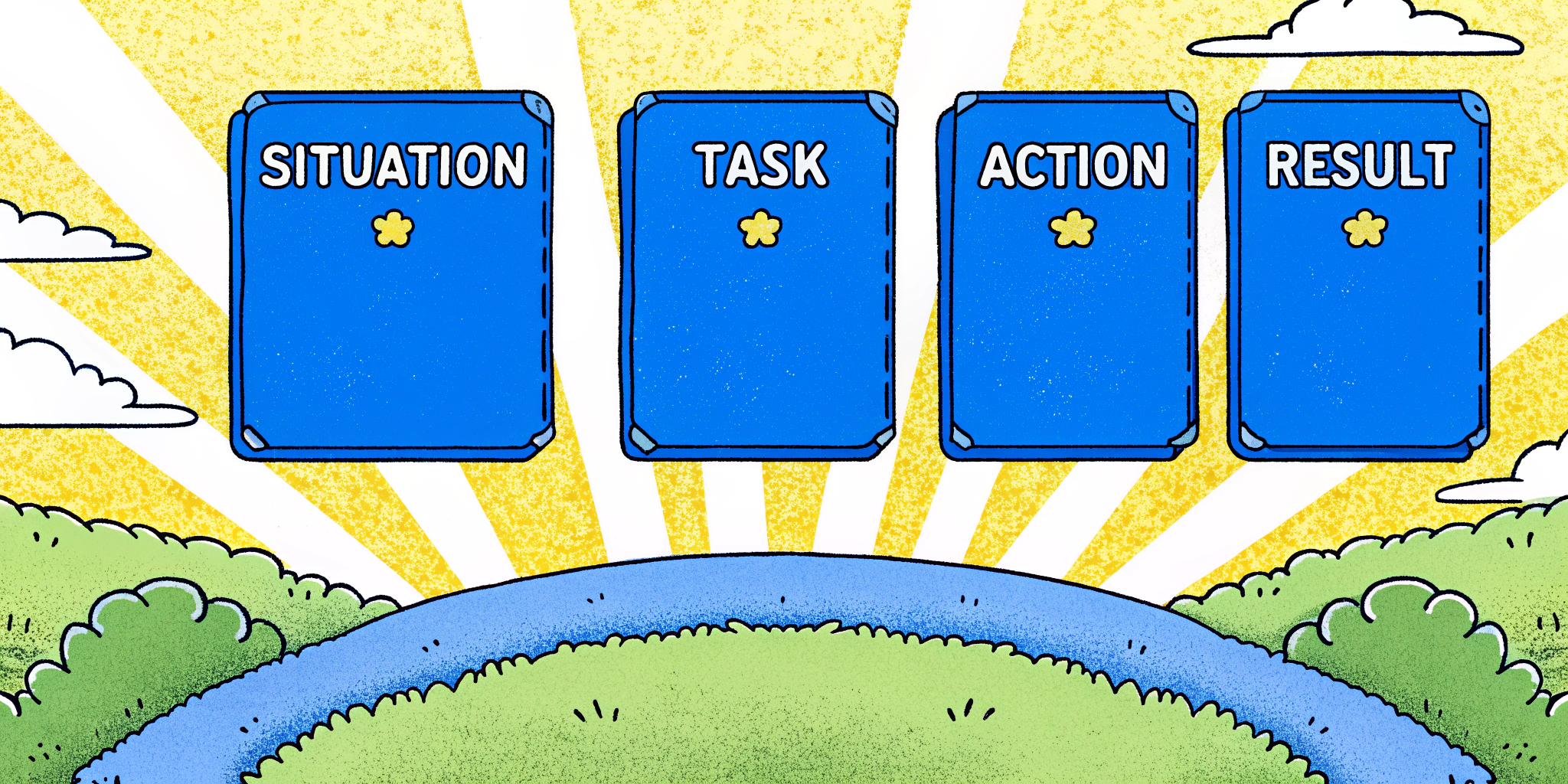Job interviews can be full of curveball questions designed to test how calm, collected, and strategic you are under pressure. Among them, one stands out as particularly intimidating, “Tell me about a time when you had to make a quick decision.” If you’ve got an interview lined up—or just want to be prepared—this guide will provide an actionable strategy for nailing this challenging question.
With structured advice, insight into why interviewers focus on questions like this, and a top-scoring sample answer utilizing the STAR method, you’ll walk into your next interview with confidence.
Why Do Interviewers Ask This Question?
Hiring managers and interviewers ask, “Tell me about a time you had to make a quick decision” to evaluate several key competencies you’ll need in the role:
- Decisiveness Under Pressure
Organizations want team members who are capable of taking calculated risks or acting swiftly, particularly when unexpected challenges arise. - Structured Thought Process
Quick decision-making doesn’t mean reckless decision-making. Employers want to see logical reasoning even when time is of the essence. - Ability to Prioritize Organizational Interests
Your actions should signal that you consider both immediate results and long-term impact, benefitting the company and its goals.
By understanding the rationale behind this question, you can craft a response that highlights your ability to handle high-pressure situations thoughtfully—and turn a potential grilling into a winning opportunity.
How to Structure Your Response with the STAR Technique
The STAR framework (Situation, Task, Action, Result) is one of the most effective tools for answering behavioral questions like this. Here’s how it breaks down:
- Situation: Briefly explain the context of the scenario.
- Task: Identify the challenge or responsibility requiring a quick decision.
- Action: Dive into the steps you took to address the problem. Be clear and logical!
- Result: Share the outcome and how it benefited the team, company, or client.
Pro Tip: Practice staying concise—interviewers don’t need long-winded backstories, but enough detail to assess how your quick decision worked.
Four Steps to Making Effective Quick Decisions
Before we jump to the sample answer, let’s dig into a framework you can apply (and describe!) to demonstrate your strategic decision-making abilities:
- Assess the Situation: Quickly identify the problem, its scope, and the desired outcome.
- Consider Outcomes: Evaluate both the best-case and worst-case scenarios of available options.
- Seek Input if Possible: If time allows, consult experienced colleagues or leverage other reliable resources briefly.
- Act with Confidence: Choose the option with minimal risk and maximum benefit to the organization.
By showing that you employed these steps, you’ll prove that even under pressure, you’re pragmatic, thoughtful, and outcome-focused.
Example Decision-Making Flowchart:
| Step | Key Questions to Answer |
|---|---|
| Assess the Situation | What’s the urgency? What’s needed right now? Who’s impacted by this decision? |
| Consider Options | What’s the optimal solution? What alternatives exist? What’s the biggest risk with each choice? |
| Seek Input | Do I have time to confirm strategies with a colleague or mentor? What expert insight can guide the choice? |
| Take Action | What’s the fastest path to implement this and minimize delays? |
Perfect Sample Answer for “Tell Me About a Time You Had to Make a Quick Decision”
Here’s a polished example using the STAR framework. Let’s assume the scenario involves making a rapid decision to secure an important client.
Question: “Tell me about a time you had to make a quick decision.”
Answer:
Situation: In my last role as a Sales Associate, my manager was on leave when a long-standing client called requesting a 15% discount on a bulk order. They warned they’d take their business to a competitor if we couldn’t accommodate the discount.
Task: My challenge was to act quickly to retain the client’s loyalty, safeguard revenue, and maintain a profitable relationship—all without prior approval from the absent manager.
Action: I reviewed the client’s purchase history and found they consistently generated significant revenue for the company over many years. Additionally, the competitor they mentioned posed a genuine threat. After consulting briefly with a senior colleague, I approved their discount request.
Result: The client placed the order that same day, making it one of our largest of the quarter. When my manager returned, I explained my decision-making process, and they praised my judgment for prioritizing long-term client retention over short-term margin loss.
See how applying the STAR format creates structure while communicating your thought process clearly? The answer also shows calm under pressure and prioritization of organizational goals.
Best Practices for Dynamic Answer Delivery
Delivering your answer confidently is just as important as crafting the content. Here are tips for effective delivery:
- Pause and Reflect: Take a second to gather your thoughts before responding.
- Maintain Eye Contact: Show poise and conviction by engaging directly with your interviewer.
- Highlight Organizational Benefits: Steer the result toward how it benefitted your team or company.
- Keep It Relevant: Choose scenarios aligned with the role you’re applying for.
Bonus: Improve Your Skills in Behavioral Interviews
Behavioral interview questions—like those involving quick decisions—test your real-world experience. But what if you’re unsure of how to answer these questions? Enter Ninjafy AI, an AI interview copilot designed to transform how you prepare for interviews.
I first discovered Ninjafy AI when a friend mentioned its NinjaCopilot™ technology, promising live-answer coaching for challenging questions. Within weeks, it became my go-to platform for practicing responses. Here’s what I love about it:
✔ Real-Time Feedback: Whether you’re answering a quick-decision question or crafting long-term career goals, personalized suggestions are game-changing.
✔ Industry Tailored Questions: Searching for a PM role? Ninjafy’s “Industry Brain” knows exactly what’s trending in interviews.
✔ Confidence Boost from InvisibleEyetrack™: Keeps you steady and focused—no nervous wavering!
Using it felt like having a personal coach that not only helped sharpen my answers, but built enough confidence to tackle behaviors questions. Check it out here if behavioral interviews feel daunting!
Conclusion
Mastering the question, “Tell me about a time you had to make a quick decision” requires understanding why it’s asked, practicing the STAR technique, and showcasing your decision-making skills confidently. Equipped with this guide—and resources like Ninjafy AI—you’re now ready to handle any challenging behavioral question.



